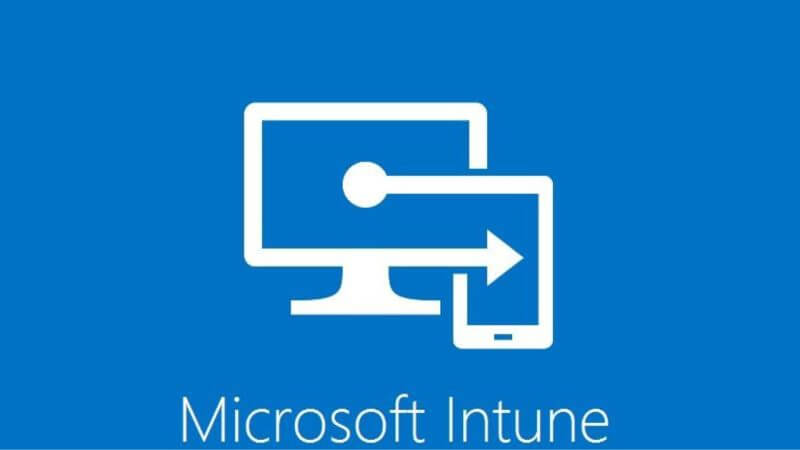Home » Insights & Blogs » How to deploy the Microsoft Intune Application on Windows 10 Devices
How to Deploy the Microsoft Intune Application on Windows 10 Devices
This article has been created to assist IT Professionals like you dear reader, who use Microsoft Intune, a cloud based Mobile Device Management solution, in deploying applications to Windows 10 devices in a corporate setting or lab environment.
If this is your first time using Microsoft Intune to deploy an application, we strongly suggest that you try a test application deployment using a known or common application, such as 7-zip or Adobe Reader, in MSI file format (.msi is an installer package file format used by Windows).
Microsoft Intune currently supports MSI-based installers. As a result, if you have a setup.exe file, you will need to convert or repackage it using a third-party application packager to convert it to an MSI installer format. This is necessary to enable you to deploy the application to Windows 10 devices via Microsoft Intune.
Application package preparation
1 – On your Windows 10 pc or laptop, open Edge browser and navigate to this page:
https://endpoint.microsoft.com
2 – Click on “Apps”
3 – Navigate to “All Apps”
4 – Under “All apps”, click “+Add”
5 – From “Select App Type”, choose “Line-of-business app”
6 – Open the “App package file”
7 – Browse for your installer file (e.g., Appx or MSI format)
8 – Click the “OK” button
9 – Click on “App information”, and then on “App package file”. Select “OK”
10 – Fill in the mandatory fields with an asterisk (*) such as “Name”, “Description” and “Publisher”. The other information requested is optional
11 – Click on “Logo”
12 – Upload the app’s logo as image file. Use JPG or PNG file types
13 – Click “Next” and it will take you to the “Assignments” tab
14 – Under “Assignments”, choose whether the application will be available as “Required” or “Available” to be installed. You can assign this to a Group, All users or All devices. Uninstall option is also available if you want to uninstall the application via Intune
15 – Click on “Next”, and it will take you to the last tab, “Review + create”. After verifying that all information is correct, click the “Create” button
16 – You will see a bell icon on the upper right of the screen that shows notifications. Verify that the application you created is created successfully
17 – Now you can start to deploy the application




